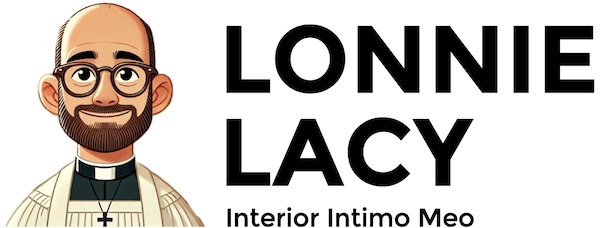St. John’s Episcopal Church
Tallahassee, FL
Luke 3:15-17, 21-22
Here’s a question:
What is the first thing you think of
when you hear the word water?
For some of us, it’s calm.
It’s that still, glassy lake at sunrise.
It’s the warmth of the Gulf on a summer afternoon.
It’s the sound of waves lapping the shore.
For others, it’s chaos.
A hurricane barreling through.
The rise of an unexpected flash flood.
The feeling of being in over your head,
unable to catch your breath.
Water is like that.
It is beauty and terror.
It is life and death.
It is the stuff of creation and destruction.
And it is the very thing
that Jesus stepped into that day at the Jordan.
* * *
Let’s not romanticize the scene.
The Jordan River was not pristine.
It was not some sparkling stream
running through the mountains.
It was muddy.
It was messy.
It was crowded.
And the thing is,
people were coming to John the Baptist
and to that water
to repent,
to be made clean,
to leave their sins behind.
Imagine what it would look like
if we could actually see
their sins swirling in the water—
their regrets,
their failures,
their brokenness.
Nobody would step into that water
unless they absolutely had to.
Nobody . . . except Jesus.
And y’all, that’s the thing about our Jesus.
Turns out, Jesus is never content to stay on the sidelines.
He’s not the kind of savior
who watches from a distance.
He’s the kind who steps in.
And on that day at the River Jordan,
homeboy stepped into the water—
not because he needed cleansing,
but because we do.
By entering into that water,
Jesus made it holy.
He transformed it
from a symbol of our brokenness
into a vessel of his grace.
From that moment on,
the waters of baptism became something new:
a place where heaven meets earth,
where we are washed clean,
where we are marked indelibly
as Christ’s own forever.
See, baptism isn’t just about a single moment.
It’s not just about forgiveness.
It’s about transformation.
It tells us who we are
and whose we are.
We are those who belong to a God
who steps into the water,
into the chaos,
into the mess . . .
and brings life.
“Fear not,” he says in Isaiah,
“for I have redeemed you.
I have called you by name,
and you are mine.”
That is what baptism declares.
It’s not about what you’ve done.
It’s not about what you haven’t done.
It’s about what God has done.
* * *
But here’s the twist.
Here’s where it gets even better.
That water doesn’t stay in the font.
It flows.
It flows into your life.
Into the lives of others.
Into the world.
It flows to places like Zorilla, Cuba,
where our mission team will soon go
to bring medicine,
and clean water,
and love.
The water of your baptism
flows to your home,
to your work,
to your relationships.
The water of your baptism
flows to the places in you
that feel dry,
and tired,
and parched.
And it keeps flowing.
Always.
Because that is the nature of grace
and the nature of our God.
They just don’t quit.
* * *
So today,
as we baptize
Elizabeth,
Lucy,
Eloise,
Emerson,
Blair,
Aaron,
and Arianna,
remember your baptism, my friends.
Even if you were too young
to cognitively remember it today,
remember the promise of it in your soul.
Remember the water of your baptism
and the God who stepped into the mess for you.
Remember the water of your baptism
and the God who made the water holy.
Remember the water of your baptism
and the God who says,
“You are mine.”
And then let it rip.
Let it flow into this
wide and thirsty world.
Because the grace for us today is this:
God is not done.
God is not distant.
God is here.
God is in the mess.
God is on your side.
And you are God’s
and God is yours . . . forever.
Amen.
